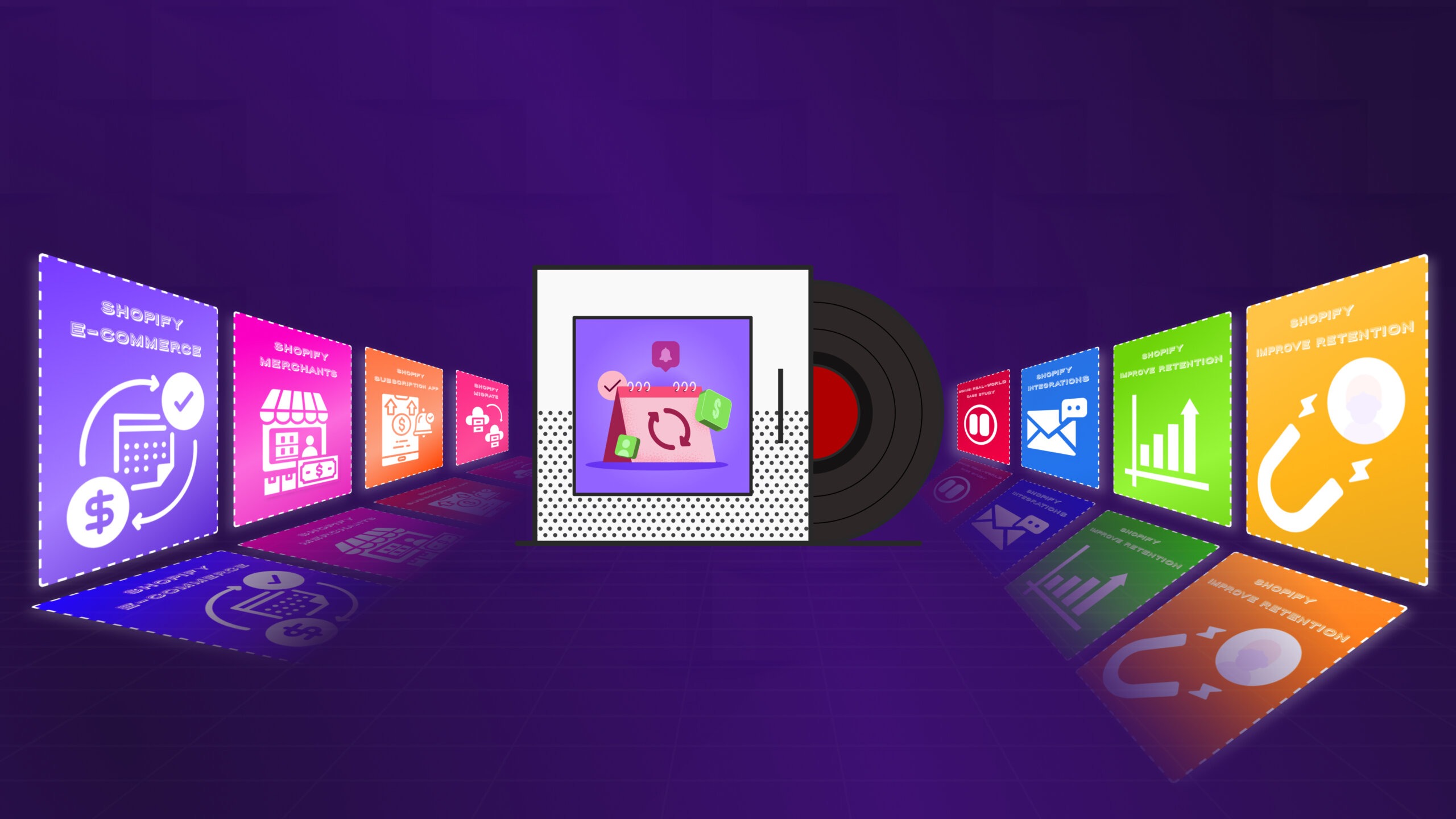
What Is Dunning Management: A Complete Guide for Businesses
Published On: November 13, 2024 - 5 min read
Payment declines and transaction failures are frequent challenges in subscription-based businesses, often requiring regular attention. These declined transactions or overdue payments can quickly become bottlenecks if left unmanaged. Without a proper process, unpaid invoices can disrupt cash flow, create administrative burdens, and strain customer relationships. Dunning Management offers a structured solution to these issues, allowing businesses to systematically handle overdue payments through polite but progressively firm reminders. This approach minimizes the need for manual intervention while preserving a respectful, professional tone to maintain customer satisfaction.
Beyond simply ensuring timely payments, Dunning Management plays a critical role in reducing bad debt, enhancing operational efficiency, and fostering customer loyalty. When automated, it becomes even more powerful—industry studies show that automated Dunning processes can reduce customer churn rates by up to 25%, highlighting its value for any brand reliant on recurring revenue. Thoughtful implementation of Dunning Management not only improves cash flow but also strengthens customer relationships and drives profitability.
What is Dunning Management?
Dunning Management is a structured approach to handling overdue payments, involving automated or manual steps to remind customers about outstanding invoices and encourage timely payments. From its roots in “dunning letters” that were traditionally mailed to customers with unpaid invoices, Dunning Management has evolved into a multi-channel, automated system that can employ emails, SMS notifications, and even in-app reminders.
This strategy not only helps maintain cash flow but also reduces administrative overhead, minimizes bad debt, and preserves customer relationships. By setting up effective Dunning Management, businesses can improve their financial health while ensuring that customers remain satisfied.
Why is Dunning Management Important?
A well-organized Dunning Management process brings several advantages that support long-term business growth and sustainability. Here’s why it’s crucial:
| Benefit | Description |
| Improved Cash Flow | Helps maintain consistent cash flow, enabling businesses to fulfill obligations and fund growth initiatives. |
| Reduced Admin Costs | Automation in dunning reduces the manual effort, saving both time and resources. |
| Enhanced Customer Relationships | A thoughtful dunning approach maintains positive relationships by avoiding unnecessary escalations. |
| Minimized Bad Debt | Proactive measures can help collect overdue payments and reduce the risk of write-offs. |
Implementing a structured Dunning process doesn’t just prevent loss; it helps to enhance customer loyalty and ensures financial stability.
Key Components of Dunning Management
A streamlined Dunning Management process includes several components that, together, create a balanced approach to collections. Here’s a look at the essential parts of a modern dunning strategy:
- Automated Communication: Scheduled, automated reminders reduce manual follow-ups, ensuring no payments fall through the cracks.
- Personalized Messaging: Tailoring messages based on customer behavior and payment history helps maintain a positive tone and increases effectiveness.
- Multi-Channel Outreach: Reaching customers through various channels—email, SMS, or phone calls—ensures higher engagement.
- Payment Flexibility: Offering multiple payment options (such as credit, debit, and e-wallets) can help resolve payment issues quickly.
- Analytics and Reporting: Tracking the effectiveness of different dunning strategies allows for optimization and better results over time.
Step-by-Step Dunning Process
Here’s a breakdown of each step in the Dunning process, from initial invoice delivery to final notice:
- Invoice Generation and Delivery
- Make sure invoices are created with accuracy and sent out promptly.
- Choose effective delivery channels, like email or online portals, for faster and more efficient communication.
- Initial Reminder
- A gentle reminder a few days before the payment deadline can help prompt timely payments. This simple nudge can encourage on-time payments.
- Clearly state the due amount, payment deadline, and payment link (if applicable).
- Escalation Reminders
- If payment hasn’t been received, follow up with escalation reminders, increasing the urgency in each message.
- Use multiple channels, such as email, phone calls, and SMS, to ensure the customer is aware of their pending payment.
- Final Notice
- Send a final notice before considering further action, like involving a collection agency.
- Outline the consequences of non-payment, but keep the tone professional and respectful.
Table: Typical Dunning Communication Timeline
| Stage | Timing | Message Tone | Purpose |
| Initial Reminder | A few days before due | Polite, gentle | Encourage on-time payment |
| Escalation 1 | After the due date | Friendly, increasing urgency | Re-engage the customer |
| Escalation 2 | One week past due | Firm, clear consequences | Stress the importance of timely payment |
| Final Notice | Two weeks past due | Urgent, final warning | Inform of next steps if unpaid |
Best Practices for Effective Dunning Management
Effective Dunning Management is about finding the balance between ensuring payments and maintaining customer satisfaction. Here are some best practices to make your process smooth and effective:
-
Clear Communication
- Use simple, clear language in all dunning communications. Make sure the message is straightforward, explaining the due amount, the payment date, and any potential consequences.
-
Personalization
- Personalized messages create a better customer experience. Address customers by name, and refer to specific invoices, which can make them more likely to respond.
-
Multi-Channel Approach
- Reaching out through various channels increases the likelihood of customer engagement. Emails are standard, but SMS or phone calls may be more effective for certain customers.
-
Automation
- Automate the dunning process to reduce manual effort. Automation can send reminders on a schedule, track responses, and update payment statuses without human intervention.
-
Customer-Centric Tactics
- Avoid overly aggressive tactics. Instead, try to understand the customer’s situation. Offering flexible payment options, for instance, can turn a late payment into an opportunity to strengthen customer relationships.
-
Data-Driven Insights
- Track payment patterns to optimize your dunning process. Analyze which steps in the process are most effective and adjust accordingly.
How Dunning Management Helps SaaS and eCommerce Businesses
For subscription-based businesses like SaaS and eCommerce platforms, Dunning Management is indispensable. Here’s how it adds specific value in these contexts:
-
Reduces Churn Rates
- Unpaid invoices can lead to subscription cancellations. A proactive Dunning Management system can help recover these accounts, reducing churn and maintaining a steady revenue flow.
-
Enhances Customer Retention
- Unlike traditional debt collection, dunning in subscription-based businesses is about customer retention. By keeping the focus on resolving payment issues rather than penalizing, companies can retain more customers long-term.
-
Streamlines Operations
- Automated dunning reduces the workload for finance and customer service teams, allowing them to focus on other strategic areas.
-
Provides Business Insights
- By analyzing data on late payments and recovery success rates, companies can refine their pricing, billing cycles, and customer engagement strategies.
Conclusion
Dunning Management is an essential aspect of financial operations, particularly for businesses operating on subscription models. It ensures timely payments, improves cash flow, and, when executed thoughtfully, can even strengthen customer relationships. By following the structured steps and best practices outlined in this guide, you can create a Dunning Management process that supports your business’s financial health while maintaining a positive rapport with customers.
In today’s dynamic business environment, companies can’t afford to ignore overdue payments. Dunning Management is not just about collection; it’s about creating a robust process that keeps your cash flow steady and your customers satisfied. Whether you’re running a SaaS platform or an eCommerce business, adopting these strategies can help you maintain a stable revenue stream while providing a positive payment experience for customers.





















